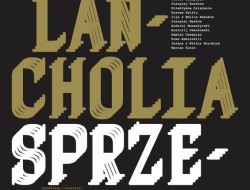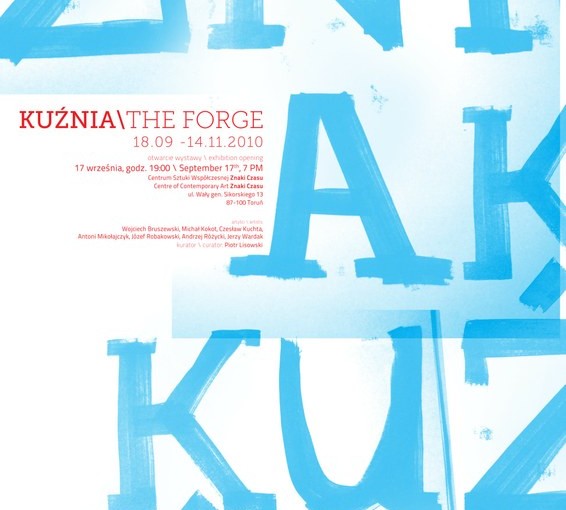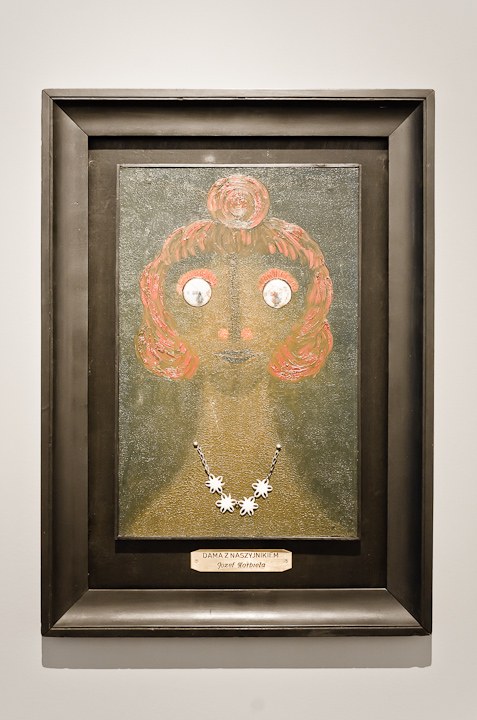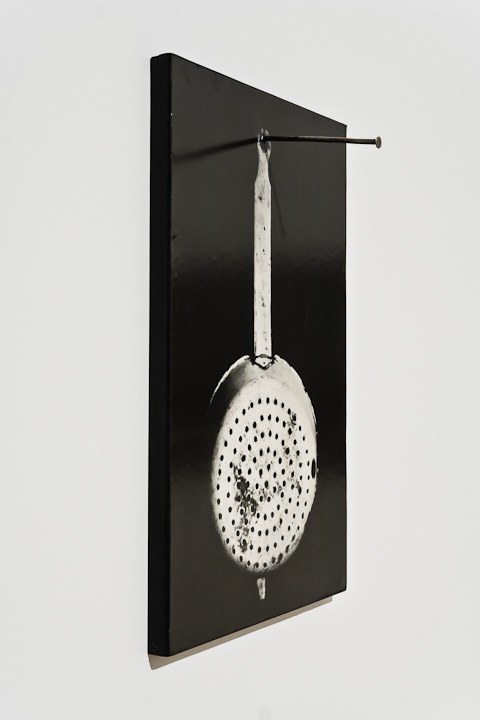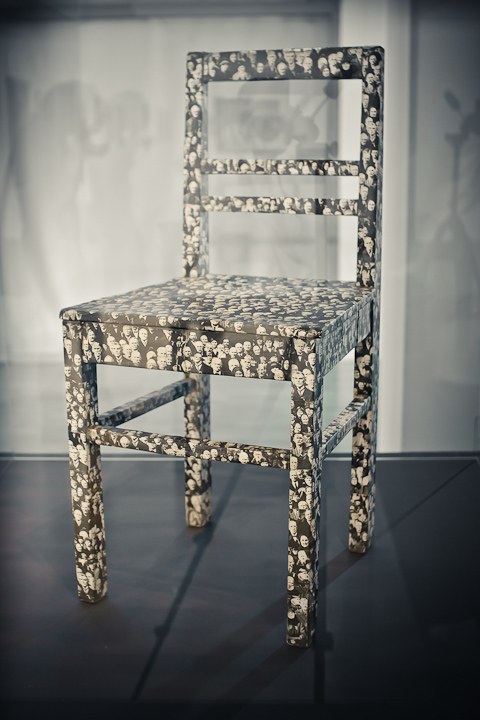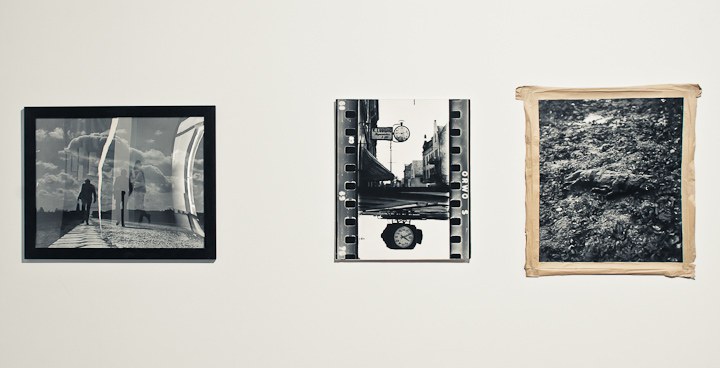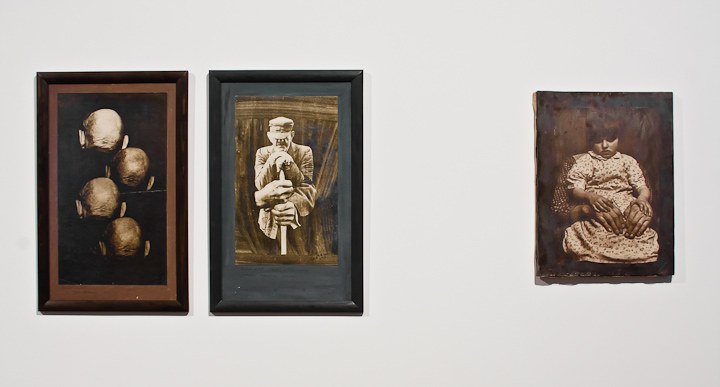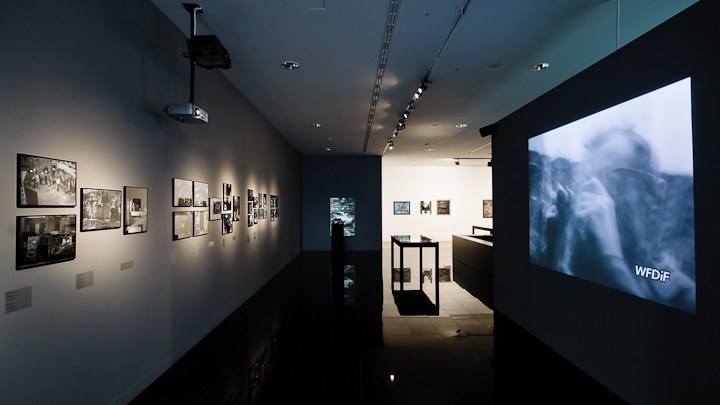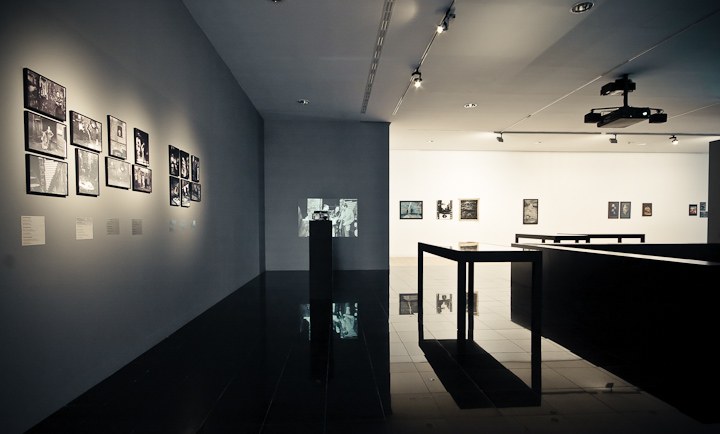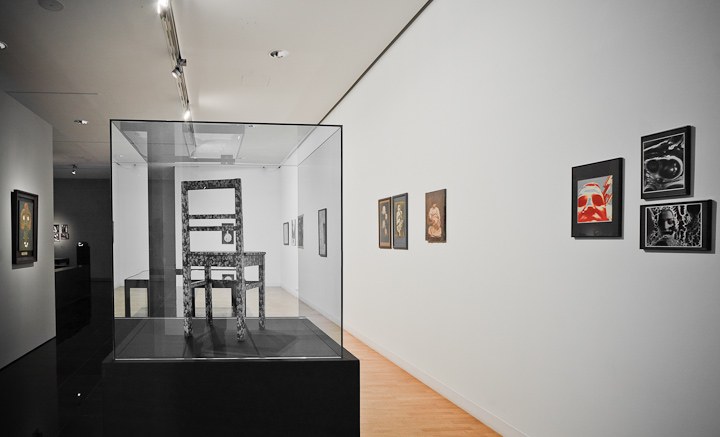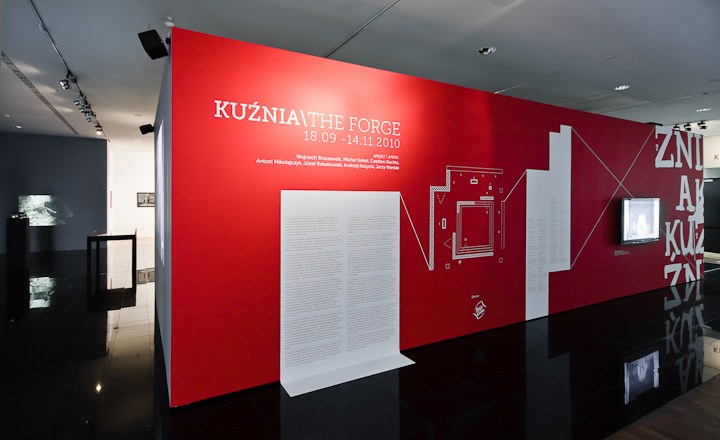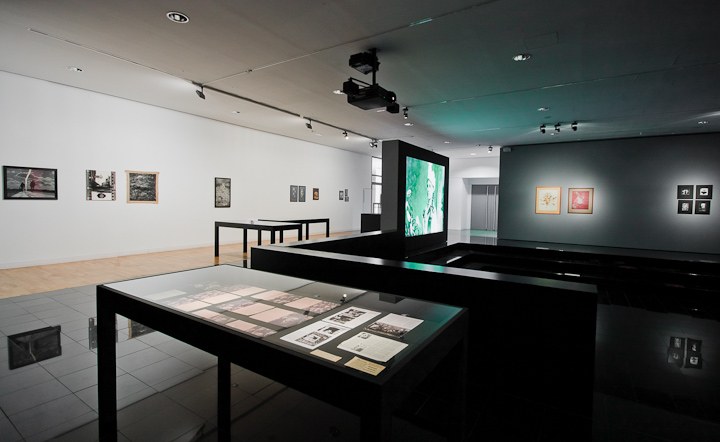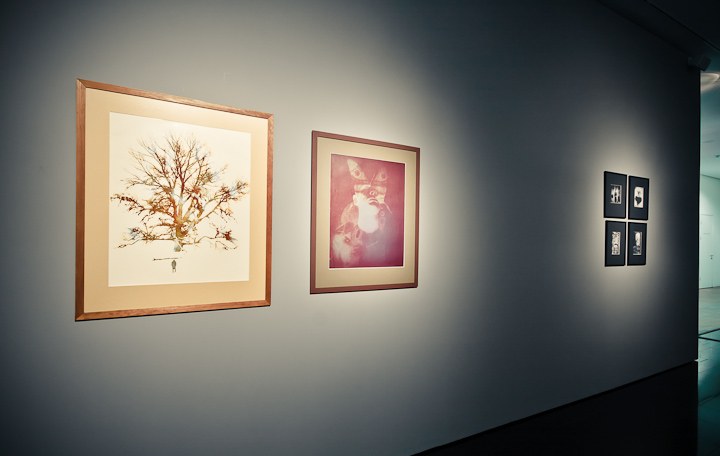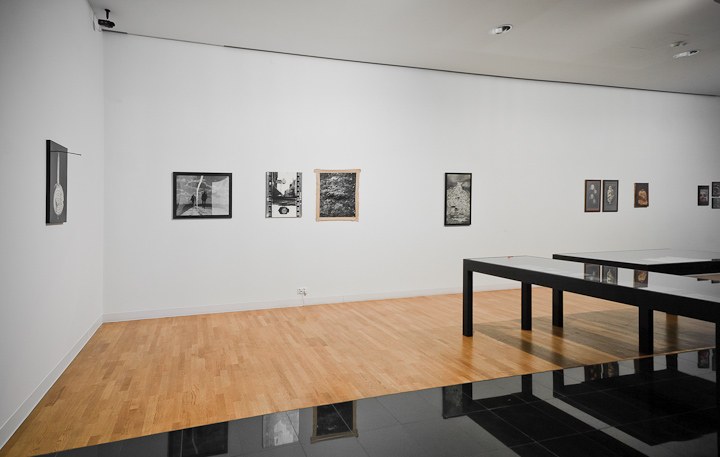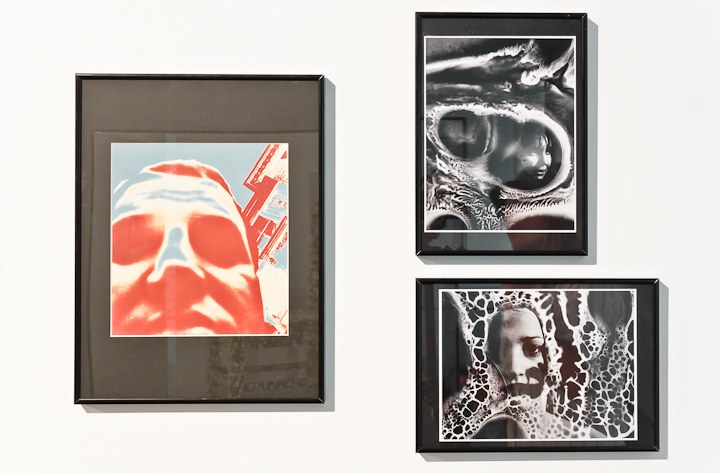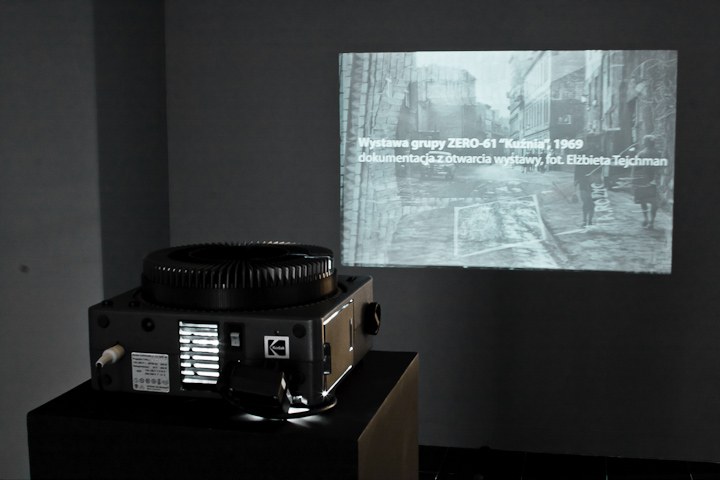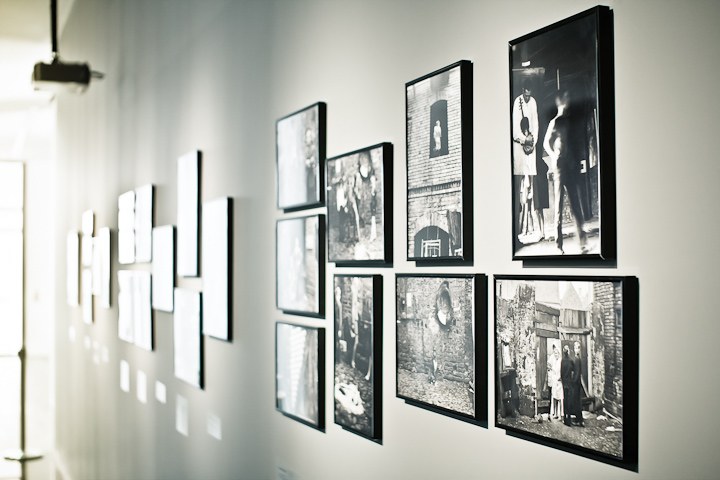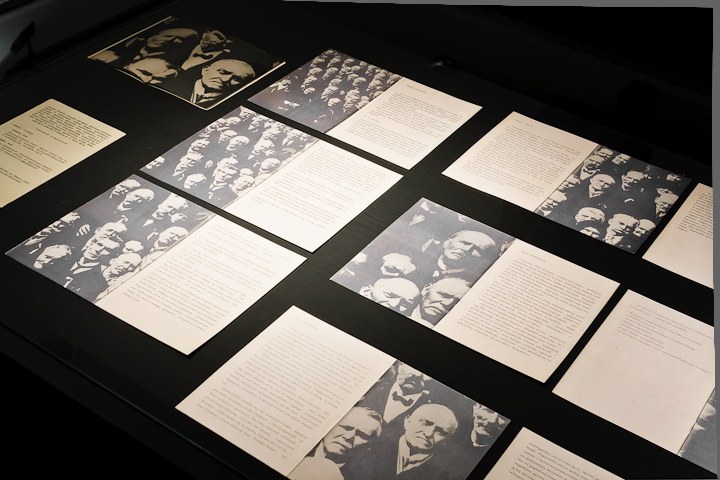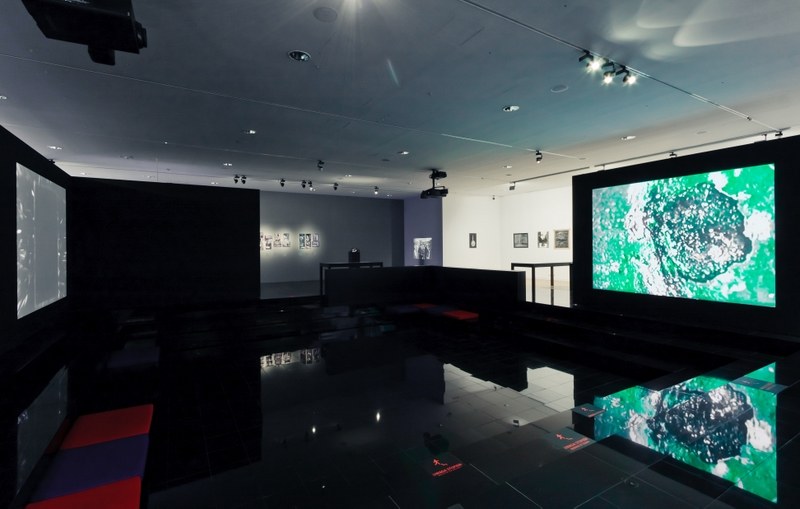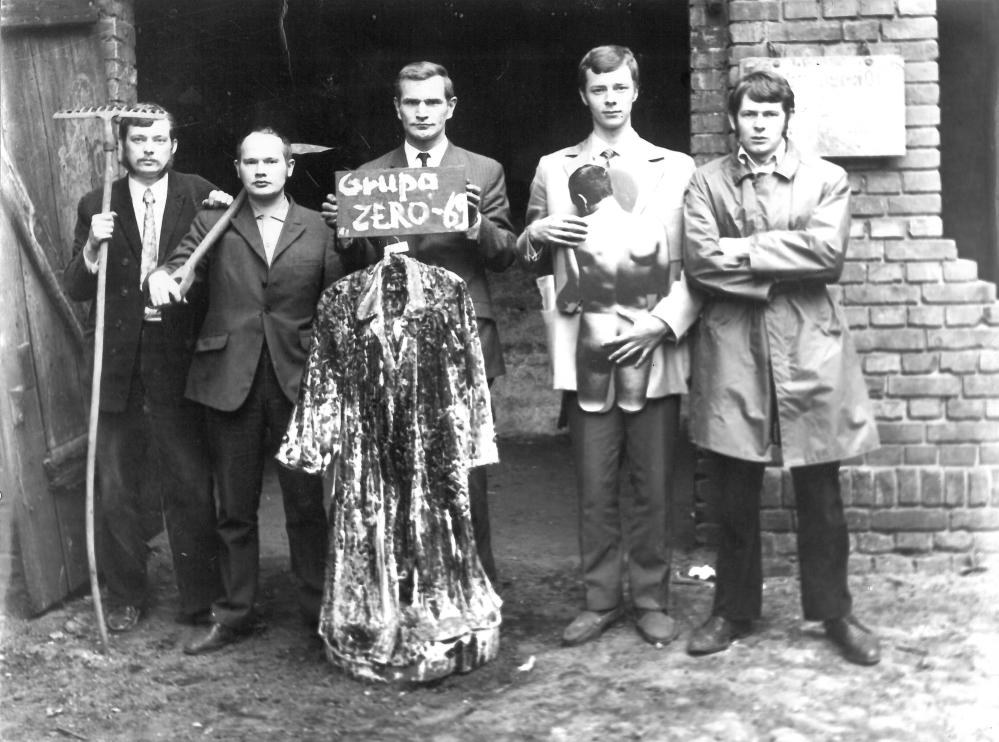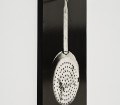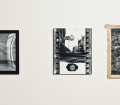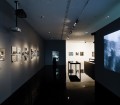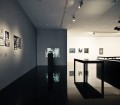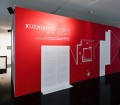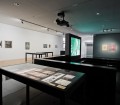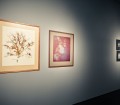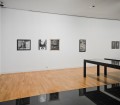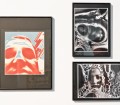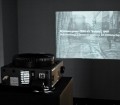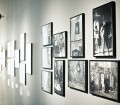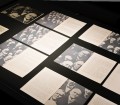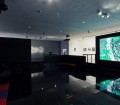Artists: Wojciech Bruszewski, Michał Kokot, Czesław Kuchta, Antoni Mikołajczyk, Józef Robakowski, Andrzej Różycki, Jerzy Wardak
Curator: Piotr Lisowski
[…] at a certain moment the work of art itself disappears, in a certain manner it becomes absent, it is impossible to locate it, and to understand it we are left with two elements, these are either the concept of this work of art, meaning something which existed in a way before, or documentations, various traces, relics remaining after some kind of action, photographs, films. There is something «before», something «after», however, there is no middle part.
Jerzy Ludwiński
In the May of 1969, in Toruń, at 32 Podmurna street, the last exhibition of the photographic group ZERO-61 was held. Because of the venue – an old building which used to be a blacksmith’s workshop – the exhibition was named the Forge. For the artists, who had already been active between Toruń and Łódź, it was a key moment: and an attempt to break the deadlock ended in a natural process of the group’s breakdown.
Project The Forge constitutes an analysis of the 1969 presentation, it is an attempt to incorporate it into the discourse related to problematizing the concept of an exhibition undertaken by neo-avant-garde circles in the 1960s and ’70s. Simultaneously, it tries to capture the progress of the ZERO-61 group, which lead to this exhibition.
Throughout the group’s history we encounter two tendencies. On the one hand, the artists created highly ”metaphorical” photographs, classified by the critique as belonging to the trend of subjective photography. On the other hand, from the very beginning, their workshop included tendencies to experiment and searches for alternative modes of photograph presentation, and the characteristic, ludic nature of the group’s functioning was noticeable. Perceiving the works of ZERO-61 from the latter perspective enables to track the consistent progress in their actions, which as a result brought an experimental attempt to create – arrange – ”the mental space” which was the Forge.
The exhibition at the Forge was organized within the all-Poland symposium on the mutual influences of plastic arts and other fields of art on artistic photography. As the creators’ original idea it constituted a uniform, annexed, space which confronted the destroyed and rough architecture of the building with the peculiar in form artistic objects/items that were created, things found there and the photographs arranged in a disorder on the floor, on the walls or nailed to the door. The works were composed in such a manner to blur the boundaries between the photograph, the object and the surroundings. The outcome as a whole was a homogeneous spatial form – a place linking plastic space with reality, whose status allows to describe it as an environment.
Via its nature and its context, the Forge took up a kind of game with the convention of building an exhibition, which makes it possible to treat it as a creative expression being, as a consequence, an attempt of reinterpreting or even questioning the traditional model/concept of an exhibition. The game engaged both the viewer and the object of art being in the process of dematerialization. Photography was juxtaposed with a range of various objects, as well as the very architecture of the building, it was treated as a characteristic spatial object, and in certain cases it was simply replaced with items. The juxtaposition was accompanied by acts of destroying the works in front of the viewers.
These actions, dictated by a wish to blur the boundaries between art and reality, resulted from perceiving photography as a material trace of reality. It was replaced with objects and in a sense with a conceptual act. At the same time, there was a departure from the gallery (institutional) space in search for alternative stimuli set not on presentation but reception.
 The Institution is funded from the budget of Toruń Municipality
The Institution is funded from the budget of Toruń Municipality

